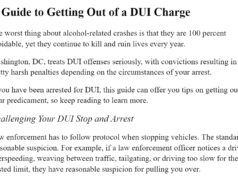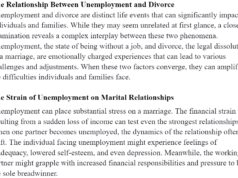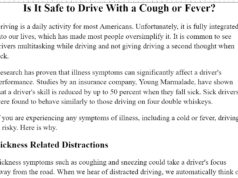SPONSORED CONTENT
By Charles Boyk, licensed to practice law in Ohio since 1983, focuses on cases involving personal injury including brain injury, car accidents, medical malpractice and much more.
A new study reveals that soccer players who head the ball on a regular basis are three times more likely to display symptoms of concussions than players who do not head the ball.
If a player has a ball hit their head two or more times within a playing period of two weeks, then the risk spikes to six times more likely to develop concussion symptoms than those players whose heads only have unintentional contact with the ball.
The study surveyed 222 amateur adult soccer players. Of that total, 79 percent were men. All the players participated in the sport for a minimum of six months per year in clubs or leagues that were located in the New York City area.
Each player filled out an online survey which asked the following information:
- How often had they participated in soccer matches during the prior two weeks;
- The number of times had they received unintentional head impacts during that time; and
- The number of times they had they headed the ball.
After filling out that survey, the players were then divided into four different groups depending on how many times they reported they had headed the ball.
Each player in the group with the most times heading the ball said they engaged in the activity an about 125 times in that previous two weeks. The group that had the lowest number averaged about four times in that two-week period.
The average number of headers for men in the group was 44, while the average number of headers for women was 27. Unintentional impacts of the head were reported by 37 percent of the men and 43 percent of the women participants.
The survey participants were also asked how often symptoms resulted from any head impact. Symptoms were divided into three categories:
- Moderate impact – moderate pain with some dizziness;
- Severe impact – feeling dazed, necessary to stop playing, needing medical attention; and
- Very severe impact – losing consciousness.
Twenty percent of participants who reported head impacts labeled the symptoms as moderate to severe. There were seven participants who reported severe symptoms from the head impacts they received. Six of those players had two or more unintentional head impacts during the previous two weeks.
Four of the seven were in the group which intentionally headed the ball the most and three were in the second highest group.
The data collected showed that those players who had been placed in the group with the most headers were also three times more likely to have concussion symptoms than those players in the group who headed the ball the least amount of times.
It also revealed that links between players who headed the ball and players with unintentional impacts were the same once researchers adjusted for other concussions risk factors, like age, gender, and prior history of concussions.
The author of the study pointed out one of its limitations was that the researchers had to rely on the self-reporting of participants and that there could be errors in recollection.
He also stated that these results can only be applied to adult amateur players and the data could not be used to reach the same conclusions for professional soccer players or children and teen soccer players.














